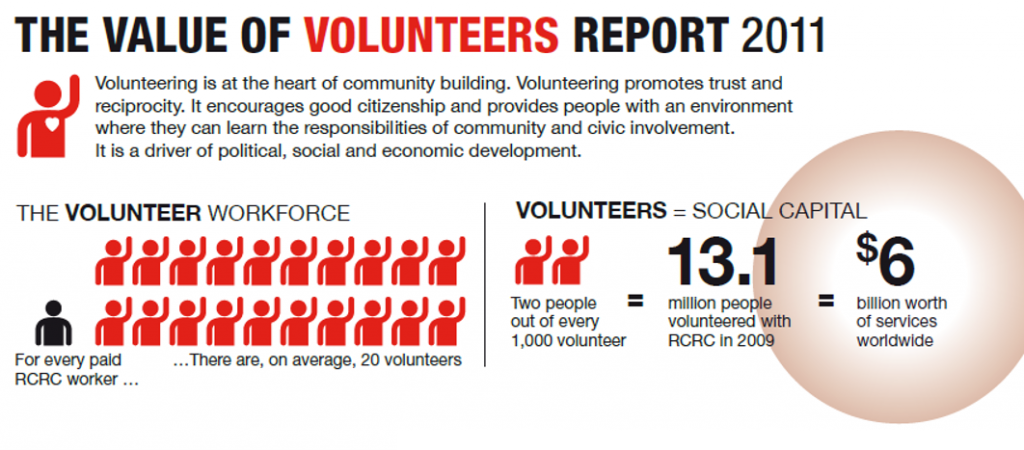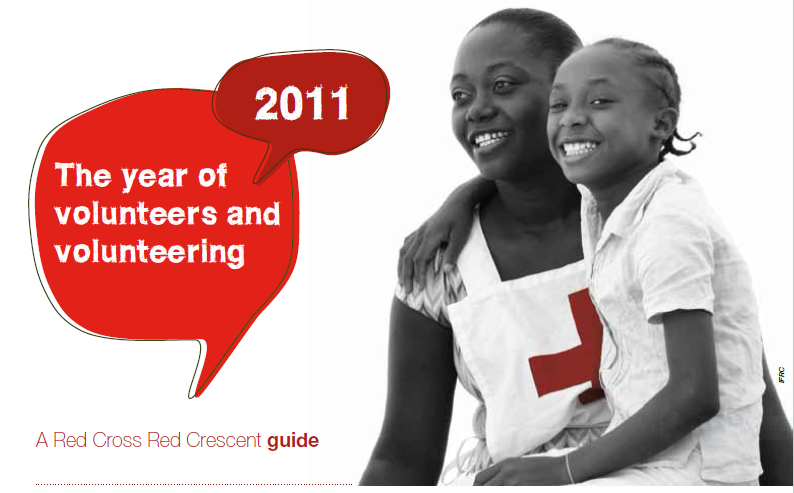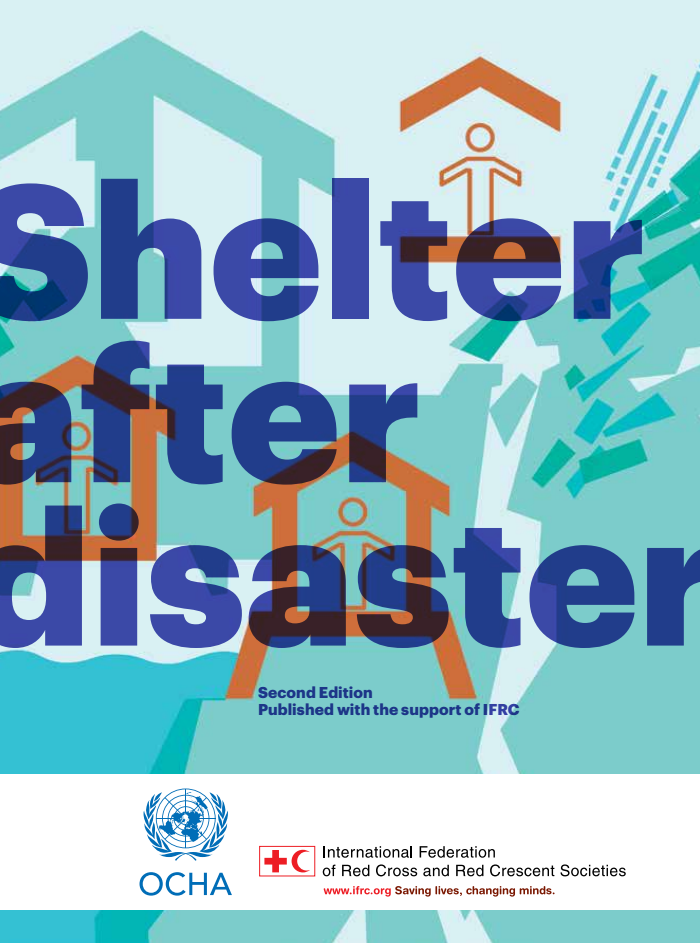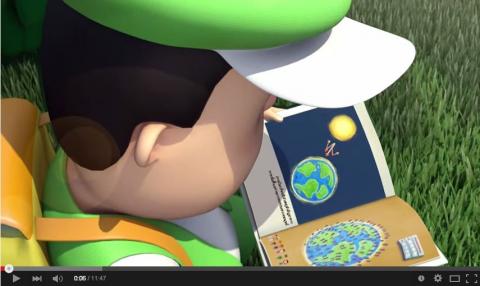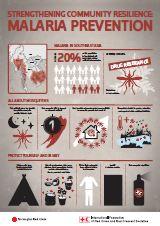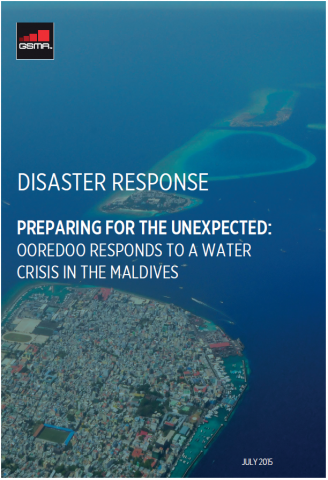Find the Volunteer Inside You campaign (2011)
In 2010, the IFRC conducted a survey to establish the economic and social value of Red Cross and Red Crescent volunteers and published a report on the findings, entitled The Value of Volunteers in January 2011. The study was based on rigorous methodology that was aligned with the International Labour Organization (ILO) and the Johns […]
Find the Volunteer Inside You campaign (2011) Read More »

